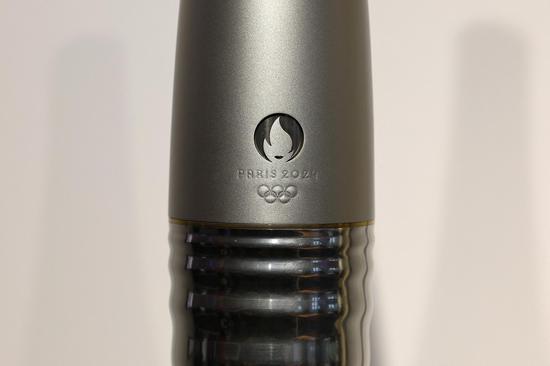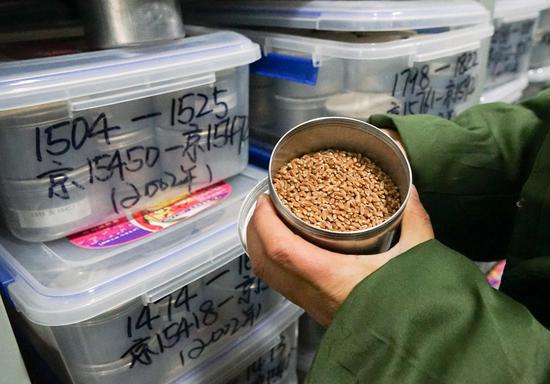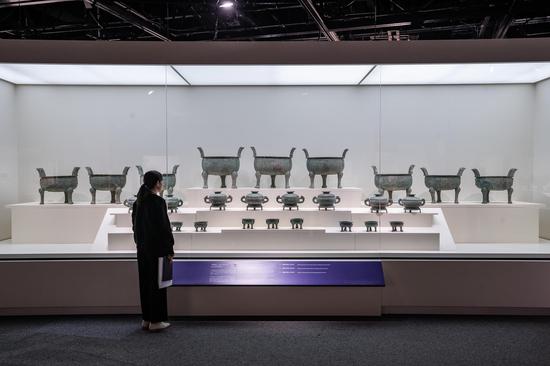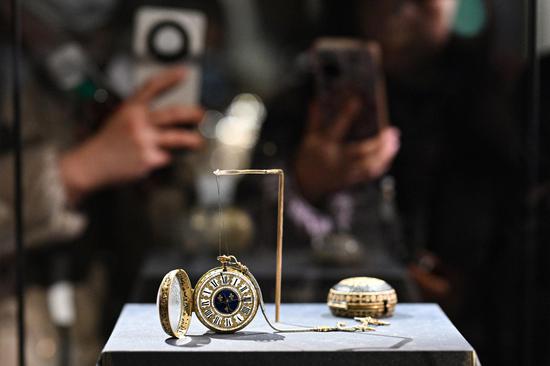(ECNS) -- Chinese medical experts have developed a risk-predicting score for hip preservation with bone grafting therapy for osteonecrosis.
The research findings by Professor Zhang Changqing's team at the National Center for Orthopedics at the Sixth People's Hospital of Shanghai were published in the iScience journal from Cell Press.
According to Professor Zhang, the findings fill the gap in precise comprehensive scoring assessment for hip preservation through bone grafting for osteonecrosis of the femoral head, providing a scientific basis for surgeries.
Osteonecrosis of the femoral head is one of the most common limb-related disabilities globally. However, the treatment options have been limited in hip replacement methods for end-stage patients, leaving few options for those in the early to mid stages, especially young and middle-aged individuals.
Zhang's team started with early surgical treatment of osteonecrosis of the femoral head, and they have established a series of key surgical techniques for the disease.
"The femoral head is the longest thigh bone in the human body, providing support for standing, walking, and movement. Its head is also a vulnerable joint prone to injury," Zhang said.
"Osteonecrosis of the femoral head often occurs in the age group of 20 to 50, predominantly affecting young and middle-aged individuals. For many young patients, whose bones are still growing, preservation of the femoral head and restoration of its normal function are the best options."
Over the past two decades, Zhang's team has adhered to the concept of biological reconstruction—utilizing free vascularized fibular grafting therapy to preserve and repair the femoral head affected by osteonecrosis. They have successfully treated over 5,000 such cases, making the National Center for Orthopedics of the hospital one of the largest preservation centers internationally.
In their latest study, free vascularized fibular grafting therapy was used as a representative sample of bone grafting for Osteonecrosis of the femoral head patients, to investigate the long-term effect on hip preservation. The team summarized the outcomes from April 2001 to December 2010. The median follow-up duration was 110.3 months, with an overall preservation rate of 77.2 percent. The preservation success rates for hips without collapse and hips with collapse were 89.6 percent and 73.1 percent, respectively.
The scoring system developed from large-scale, long-term follow-up studies is more precise and reliable. The establishment of four preservation risk gradients (low, medium-risk, high-risk, and very high-risk) can better meet the stratified decision-making for future bone grafting preservation.


















































 京公网安备 11010202009201号
京公网安备 11010202009201号